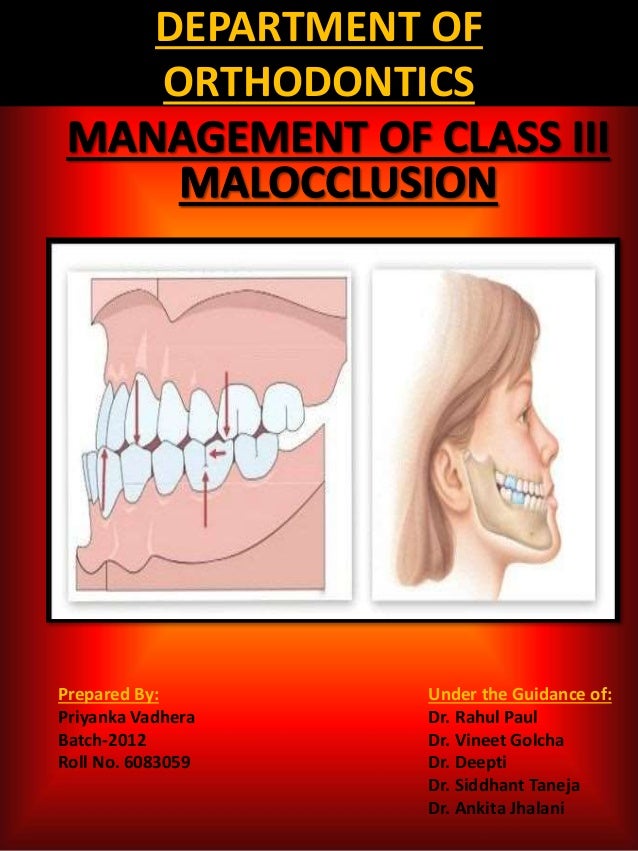class iii malocclusion treatment options
Surgery is generally thought to be the last resort option for treating malocclusion and usually other less invasive options are considered first. There are three main treatment options for skeletal class III malocclusion.
Class Iii Camouflage With Mandibular Bicuspid Extraction Orthodontic Products
When its complete braces affix to teeth to straighten them.
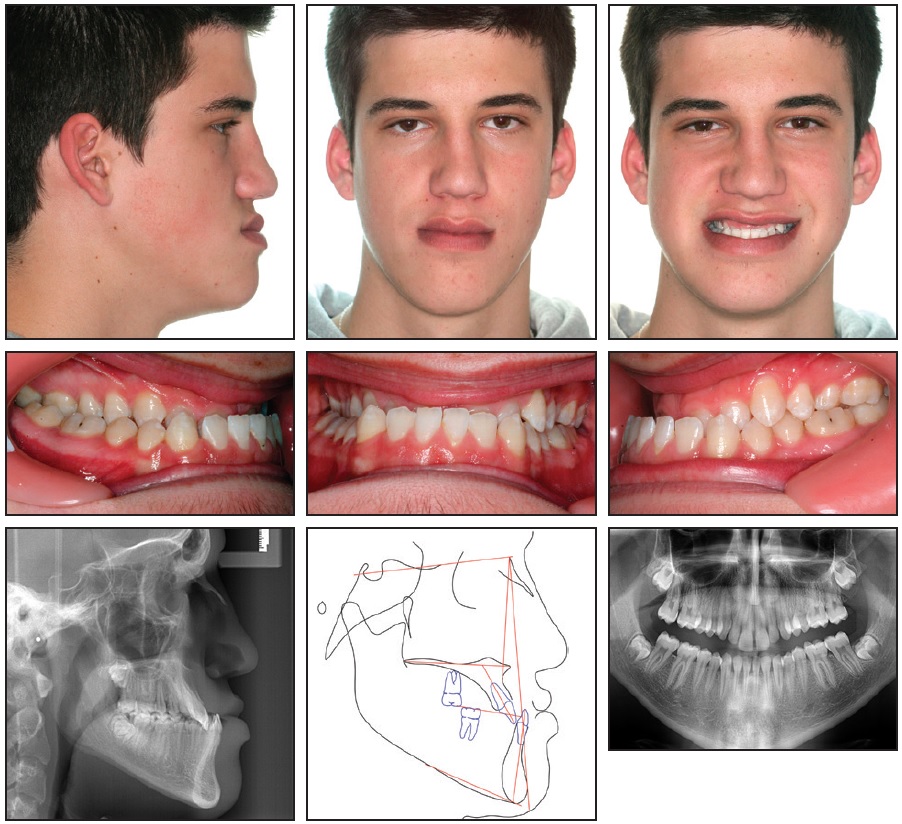
. Click a treatment category to explore. Most authors agree that an early intervention is the best option for Class III malocclusion treatment because of the possibility of orthopedic management through facemask therapy after maxillary expansion. Read more Back to top.
Extraoral appliances include face mask reverse chin cup reverse headgear and protraction headgear and intraoral appliances include tongue appliance fixed tongue appliance tongue plate Frankel III miniplate in. Class III occlusion is the least common sagittal malocclusion 5 Todd and Lader 1988 however it has great variability depending on the race and. Orthognathic surgery treats malocclusion poor bite by restructuring the jaw through cutting the bone and repositioning the bone segments.
In contrast in adulthood the only treatment options are orthodontic or surgery camouflage. Braces simultaneously straighten teeth and adjust a bite. This would redirect growth making the.
1 Many treatment options are available for the correction of Class II malocclusion depending on what part of the. Should the Class III be corrected. This type of malocclusion involves a number of cranial base and maxillary and mandibular skeletal and dental compensation components.
Growth modification should be commenced before the pubertal growth spurt after this spurt only the latter two options are possible. In Class III malocclusion the overjet is reduced and may be reversed with one or more incisor teeth in lingual crossbite. In Class III malocclusion originating from mandibular prognathism orthodontic treatment in growing patients is not a good choice and in most cases orthognathic surgery is recommended after the end of growth.
Originally Class III malocclusions were thought to arise primarily from an. Early treatment with facemask and late treatment with surgery have previously been the most popular options however we should only decide on treatment modality after contemplation of the causes. Here are the treatment options.
The space for retraction and retroclination of the lower incisors may need to be obtained by extraction of lower first or second premolars. Dental Class II is one where the distobuccal cusp of the upper first molar falls in the buccal groove of the lower first molar while a skeletal Class II malocclusion can be due to a mandibular deficiency caused by reduced size or retroposition or due to a maxillary excess or a combination of both2 The cause for Class II establishment in an. Your first step in deciding on treatment should be asking what are the different treatment options for a class 3 malocclusion There are several potential methods for dealing with this tooth problem and each one has its own unique advantages.
6 The efficacy of early treatment is dependent on numerous patient factors such as the presence of a retrognathic and vertically deficient maxilla. This outdated dogma has now. Etiologic factors for Class III malocclusions include a wide spectrum of.
In certain forms of class III malocclusion treatment might involve alignment of the maxillary arch proclination of the upper anteriors and retraction of the mandibular incisors whereas the molars are maintained in a class III malocclusion. The aim of this study is to analyze the current therapeutic strategies for the treatment of Class III malocclusion in growing patients. The growth status will also influence if early treatment growth modification or surgical treatment options are available to the patient at their current age.
We all previously believed that Class III was completely or at least mainly genetic. Growing patients with skeletal Class III malocclusion characterized by maxillary deficiency can be treated by either extraoral or intraoral appliances. 10 rows 1.
In the developing Class III malocclusion early intervention using two-phase treatment is often supported with greater orthopedic effect in younger patients aged between seven to nine years old. Early class III management in deciduous dentition. People often balk at these therapies.
A palate expander to stimulate upper jaw growth in children Fixed braces for mild dental class 3 malocclusions in adolescents and adults Orthognathic surgery when the problem is skeletal in origin and is either severe or the person has finished growing. Treatment Options for Class III Malocclusion in Growing Patients with Emphasis on Maxillary. Class III malocclusion The relative mesio-distal relations of the jaws and dental arches are abnormal where the mandibular teeth occlude the maxillary teeth mesial to its normal position.
Growth modification dentoalveolar compensation orthodontic camouflage and orthognathic surgery. Timely Treatment of Class III Malocclusions The objective of early orthodontic treatment is to create an environment in which a more favorable dentofacial develop-ment can occur21 The goals of early Class III treatment may include the following. To prevent progressive irreversible soft tissue or bony changes.
What causes a Class III malocclusion. The morbidities and compromises of different treatment options. Papadopoulos in Orthodontic Treatment of the Class II Noncompliant Patient 2006 Introduction.
In the early mixed dentition and in older patients with mild skeletal discrepancies orthodontic treatment usually involves proclining the maxilliary anterior teeth into positive overjet. Protraction facemask therapy has been advocated in the treatment of the class III patients with maxillary deficiency. Individuals with class III malocclusion may have combination of skeletal and dentoalveolar components.
Adults who have. Reverse twin block or class III twin blocks can be used successfully for early treatment of class III malocclusions in deciduous dentition. Class II malocclusion is one of the most common problems in orthodontics with an estimated one-third of all orthodontic patients treated for this condition.
Adults who have jaw-related malocclusion are sometimes offered a choice between simple orthodontic treatment and orthodontic treatment combined with orthognathic surgery. Malocclusion is diagnosed early a lot of treatment modalities will be available. Theyre visible so its impossible to hide the therapy from others.
Class III malocclusion is often. Growth modification dental camouflage and once growth has ceased orthognathic surgery.

Nonsurgical Treatment Of An Adult With A Skeletal Class Iii Malocclusion Combined With A Functional Anterior Shift Severely Overclosed Vertical Dimension And A Reverse Smile American Journal Of Orthodontics And Dentofacial
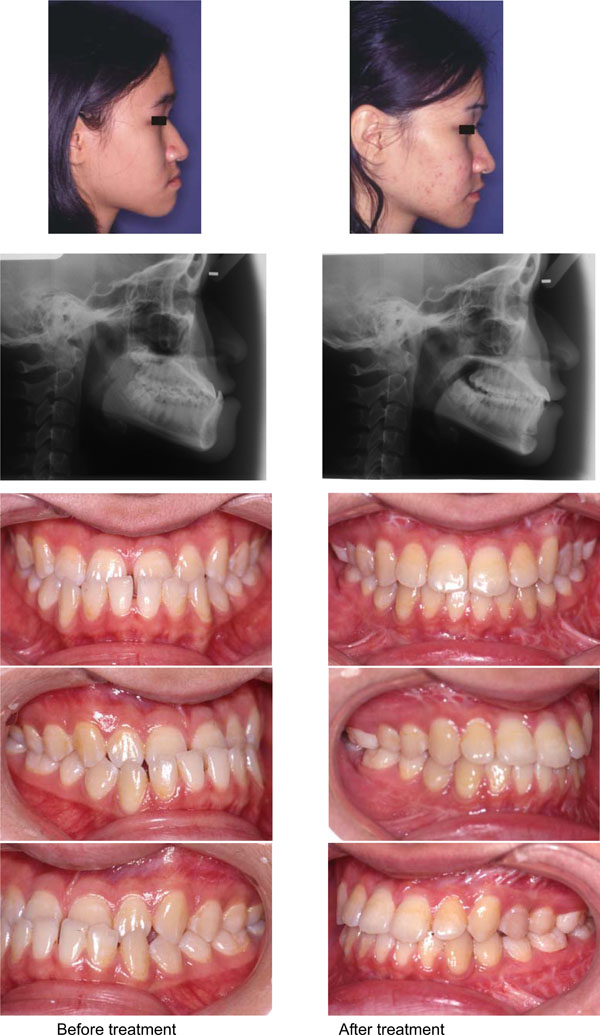
Treatment In Borderline Class Iii Malocclusion Orthodontic Camouflage Extraction Versus Orthognathic Surgery

Class Iii Treatment Photos Orthodontics Cary Nc Clayton Nc

Nonsurgical Treatment Of An Adult With Skeletal Class Iii Malocclusion Anterior Crossbite And An Youtube
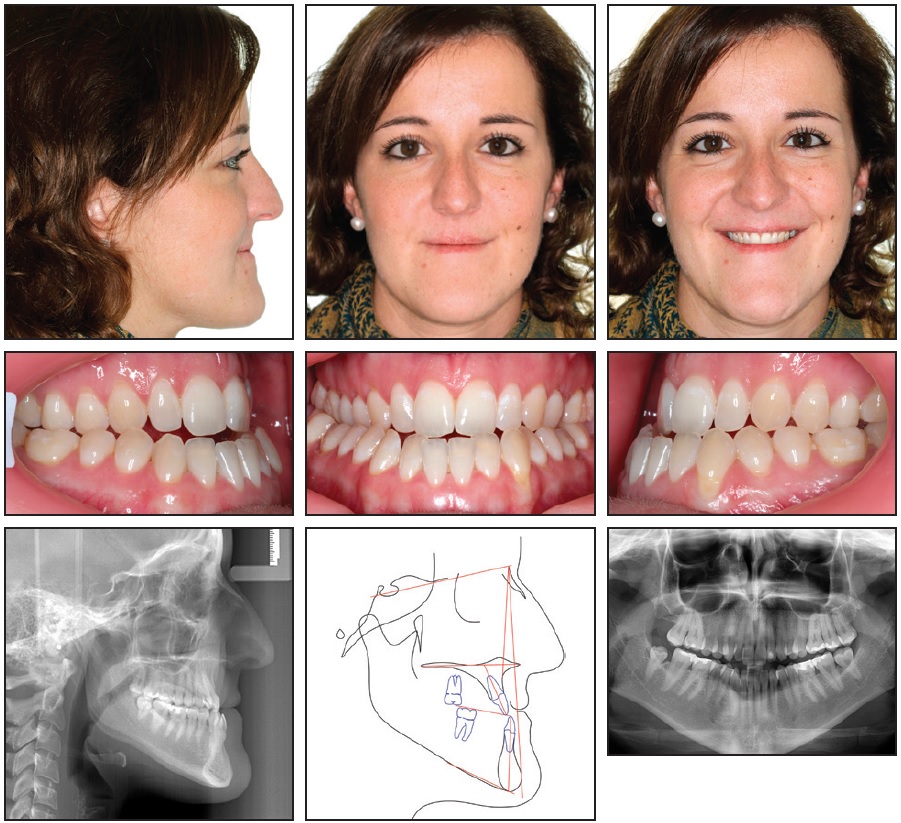
Nonsurgical Correction Of Severe Skeletal Class Iii Malocclusion Jco Online Journal Of Clinical Orthodontics
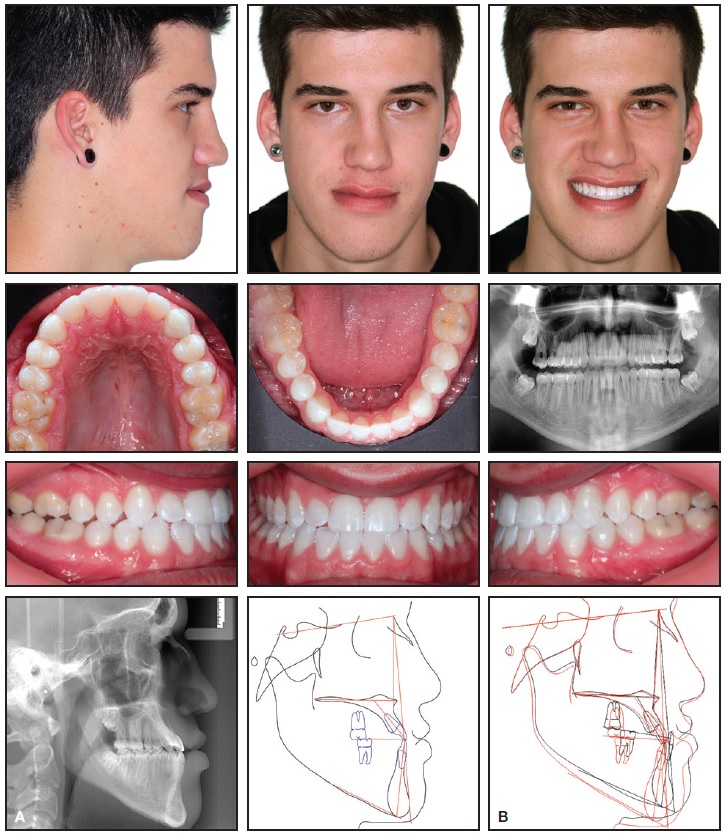
Nonsurgical Correction Of Severe Skeletal Class Iii Malocclusion Jco Online Journal Of Clinical Orthodontics

Orthodontic Surgical Treatment Of Class Iii Malocclusion With Extraction Of An Impacted Canine And Multi Segmented Maxillary Surgery American Journal Of Orthodontics And Dentofacial Orthopedics
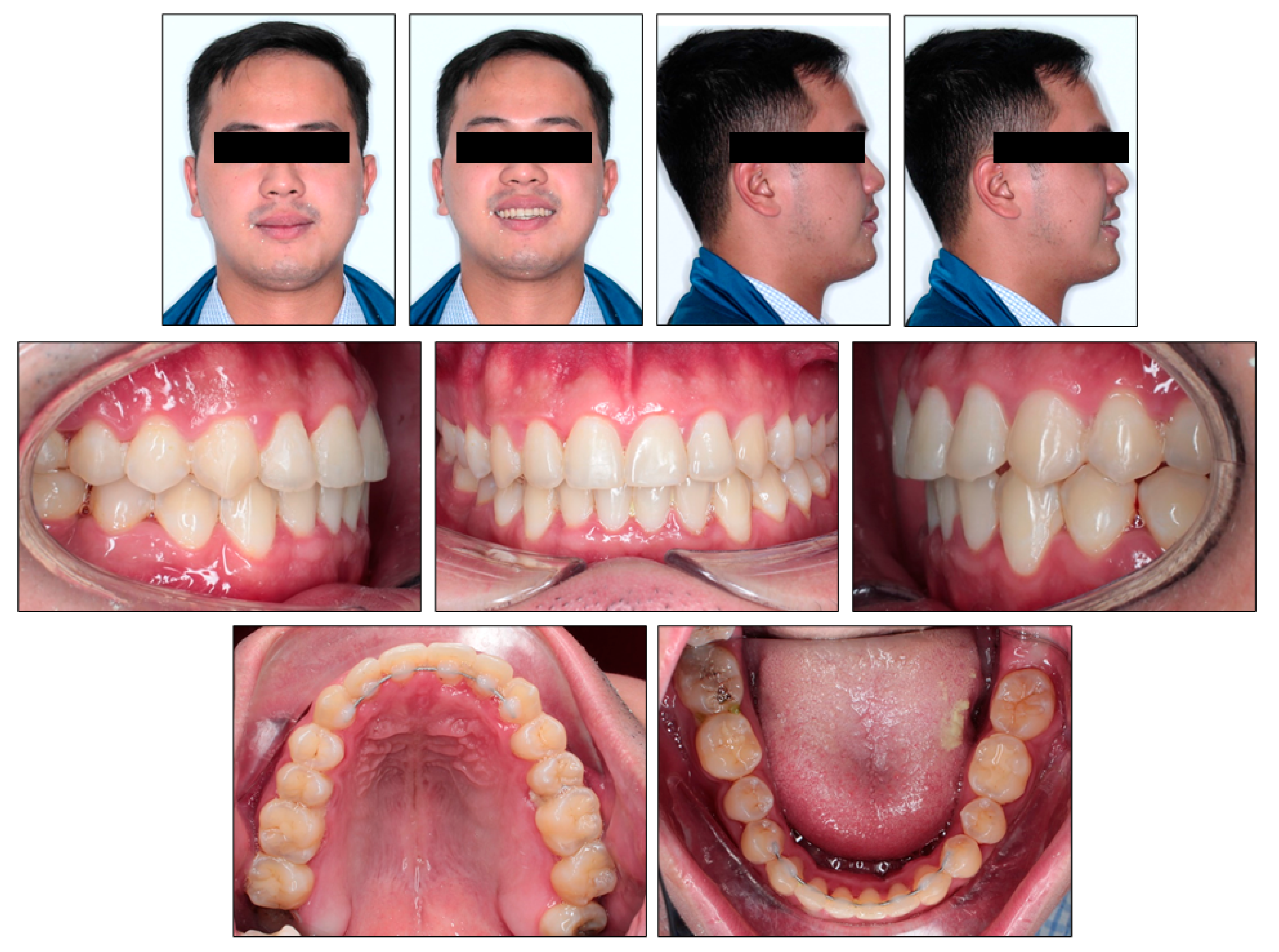
Ijerph Free Full Text Skeletal Class Iii Malocclusion With Lateral Open Bite And Facial Asymmetry Treated With Asymmetric Lower Molar Extraction And Lingual Appliance A Case Report Html

Class Iii Malocclusion Vineeth Dental Implant Courses By Indian Dental Academy By Indiandentalacademy Issuu

Class Iii Treatment Photos Orthodontics Cary Nc Clayton Nc

Nonsurgical Correction Of Severe Skeletal Class Iii Malocclusion Jco Online Journal Of Clinical Orthodontics

References In Angle Class Iii Malocclusion Treated With Mandibular First Molar Extractions American Journal Of Orthodontics And Dentofacial Orthopedics

Multidisciplinary Treatment With A Customized Lingual Appliance For An Adult Patient With Severe Class Iii Malocclusion And Multiple Missing Teeth American Journal Of Orthodontics And Dentofacial Orthopedics

Nonsurgical Correction Of Severe Skeletal Class Iii Malocclusion Jco Online Journal Of Clinical Orthodontics

New Orthopedic And Orthodontic Treatment Modality For Adult Patients With Skeletal Class Iii Malocclusion With Insufficient Maxillary Incisor Exposure Ajo Do Clinical Companion

Treatment For Class Iii Malocclusion Pocket Dentistry
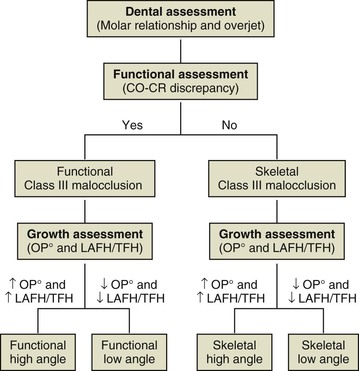
14 Treatment Strategies For Developing And Nondeveloping Class Iii Malocclusions Pocket Dentistry
